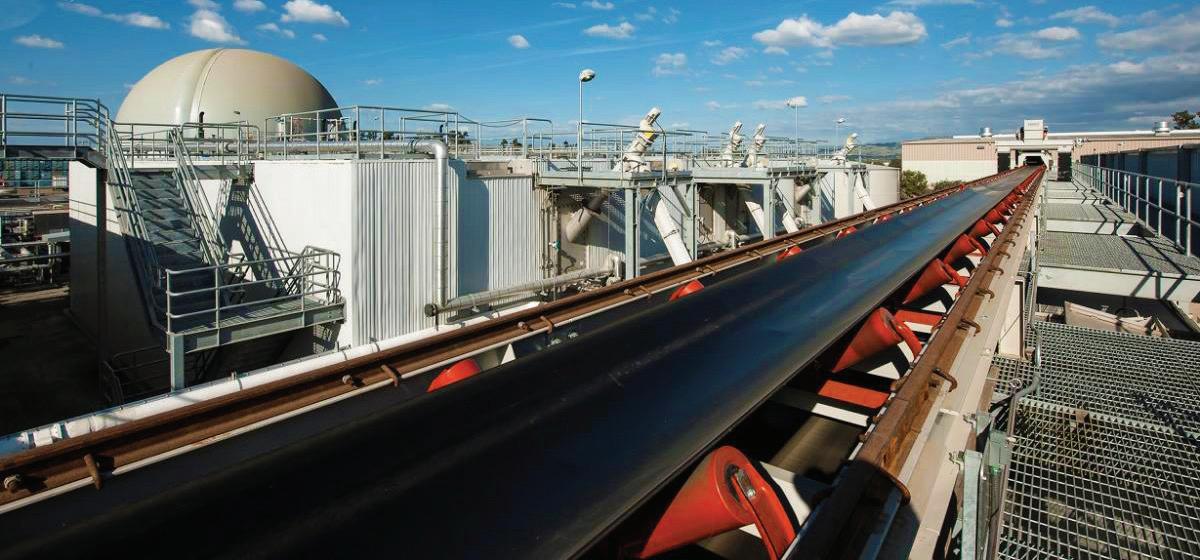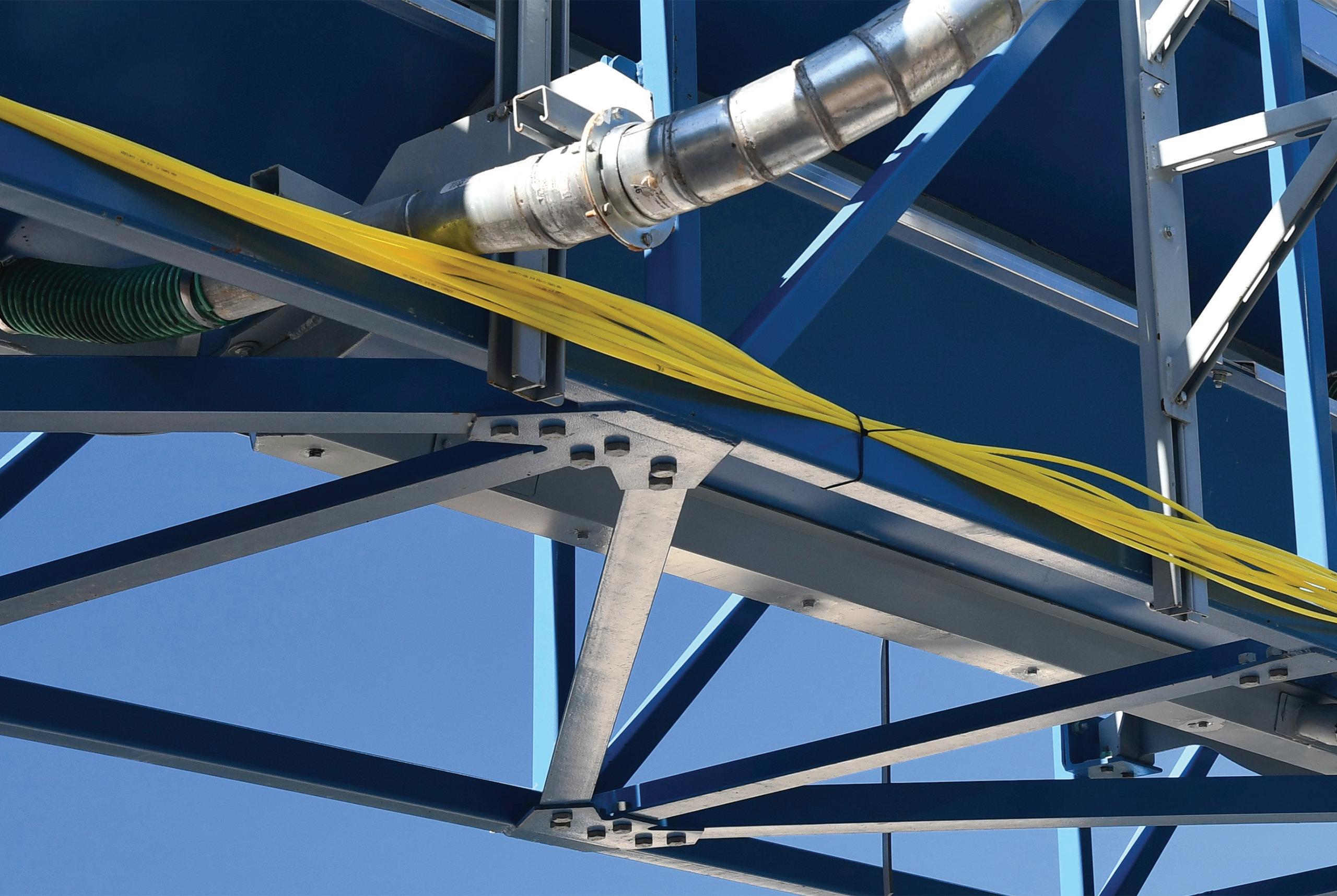
7 minute read
EQUIPMENT
A bucket of biomass residue is dumped into a pit-mounted bin equipped with a KEITH Walking Floor. PHOTO: KEITH MANUFACTURING INC.
KEITH Walking Floor: Moving Biomass Forward
Whether transporting wood waste, ag residue or MSW, the ability to safely and efficiently deliver bulk material in almost any situation—high winds, uneven terrain, canopied storage areas—makes horizontal unloading a frequent necessity in biomass handling. This challenging work is made possible by the “moving floor” technologies developed by Oregon-based KEITH Manufacturing Co., maker of the world-renowned KEITH Walking Floor.
Offering its Walking Floor technology for both mobile and stationary applications, KEITH’s customizable material handling solutions offer biomass handlers outstanding versatility. Walking Floors are comprised of a series of reciprocating slats—powered by a hydraulic drive—that serve as the floor of a trailer or bin. As the floor moves through its four-phase cycle, every third slat moves together. The friction of the load on the two sets of slats that remain in place keeps the load from moving while just one set of slats moves. During the final phase, all slats move in unison conveying the material. nious as it is simple. And it is not only reliable, but surprisingly fast. “Our Walking Floor technology, with the right PTO, offers the fastest unloading speed of any moving system on the market,” says KEITH Sales Director Mike Robinson. “A mobile unit unloads a 45- to 48-foot trailer in 3 to 5 minutes. This is a big selling point for our systems because rapid turn times with biomass delivery is important to optimizing plant operations.”
Further boosting the speed and convenience of the mobile Walking Floor unloader, KEITH offers an electric or hydraulic CleenSweep tarp system that, true to its name, cleans the floor of a Walking Floor trailer as it unloads material, essentially eliminating manual cleanup and reducing payload cross contamination. The automated system eliminates the need for brooms or manual tarps, making operator entry into the trailer unnecessary.
Robinson says Walking Floor systems are available in a variety of floor slat profiles and thicknesses, depending on the type of material being handled. There are slats designed for wood and agricultural residues, high-moisture loads, heavy duty and abrasive materials, bales, pallets, etc. The slats come standard in aluminum but are also available in stainless steel for very abrasive or corrosive materials. The standard 3.5inch slats are principally flat with various profiles. For certain applications, v-shaped slats, pressure-seal slats or leak-proof slats are specified.
The Walking Floor self-unloading systems for trailers, which are sold through a nationwide network of dealers and trailer manufacturers, bring mobile unloading options to where tippers and dump trailers simply can’t go: inside buildings and tunnels, under power lines, and on uneven or unstable ground. Since the technology’s inception more than 60 years ago, safety has been KEITH’s top priority. The horizontal unloading action of the Walking Floor system is safer than dump or tipper trailers, which can overturn in windy conditions or because of load shift.
“Walking Floor trailers keep your trailer on the ground,” Robinson says. “The biomass industry relies on our mobile systems because they are safe and reliable under almost all conditions, which minimizes operator risk and reduces unnecessary downtime caused by unforeseen conditions.”
Stationary Systems
KEITH’s Walking Floor conveyor for stationary storage and conveying bin systems are available in several configurations: pit-mounted, large storage bins, loader fed
KEITH Walking Floors are available in customizable DrivOn bins that enable accessibility for skid-steer loaders. PHOTO: KEITH MANUFACTURING INC.
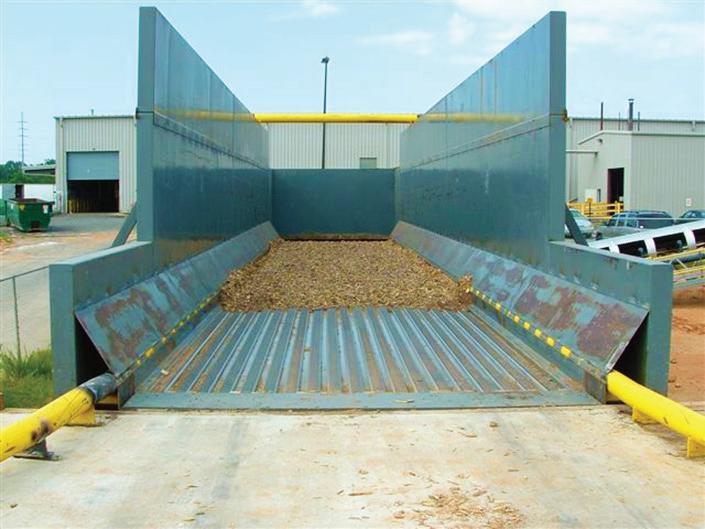
bins, as well as the company’s patented DrivOn Bin system. Each configuration may be custom engineered to client specifications and can be designed with virtually unlimited dimensions and weight restrictions. These applications can be constructed to include multiple bins, walls, roofing and accessories. “KEITH is known for high-volume bins,” says Kevin Desjardins of KEITH sales. “Our systems can be designed to any weight or material conveying volume. Everything can be customized, from bin size—length, width, height—to the way it is configured.”
Stationary Walking Floor bins can be engineered for up to 1,400 tons of storage capacity. And they come available with a variety of industrial material handling accessories such as infeed chutes, leveling screws, spike rolls and discharge augers. “Our Walking Floor bins are custom-engineered from concept to construction,” Desjardins says. “We use site-specific engineering based on the client’s needs: the type of facility, the throughput and type of material, and any other factor might help optimize the set up.”
In fact, KEITH’s moving floor solutions are often engineered into biomass facility designs to boost plant efficiency. Walking Floor bins eliminate manual labor costs and have relatively low power consumption. “Our stationary application maximizes material throughput with the least amount of expended energy,” Desjardins says. “The system does not require increased power when you start it up, and all the mechanical components are outside the material zone for easy maintenance.”
KEITH’s specifications call for a minimum of 3 feet of clearance under a stationary bin’s hydraulic drive for maintenance. This is achieved by pit-mounting the unit or installing an inverted drive. Each standalone hydraulic unit is designed for trouble free operation, and is mounted in a way that reduces contaminant entry.
KEITH Walking Floor bins provide what material handling experts call FIFO— "first in, first out”—material rotation, offering consistent material flow that helps ensure product integrity. “It’s important to end users that the material they put into the unit first, comes out for processing first,” says Desjardins. “This is just one of many technical achievements we have mastered over several decades.”

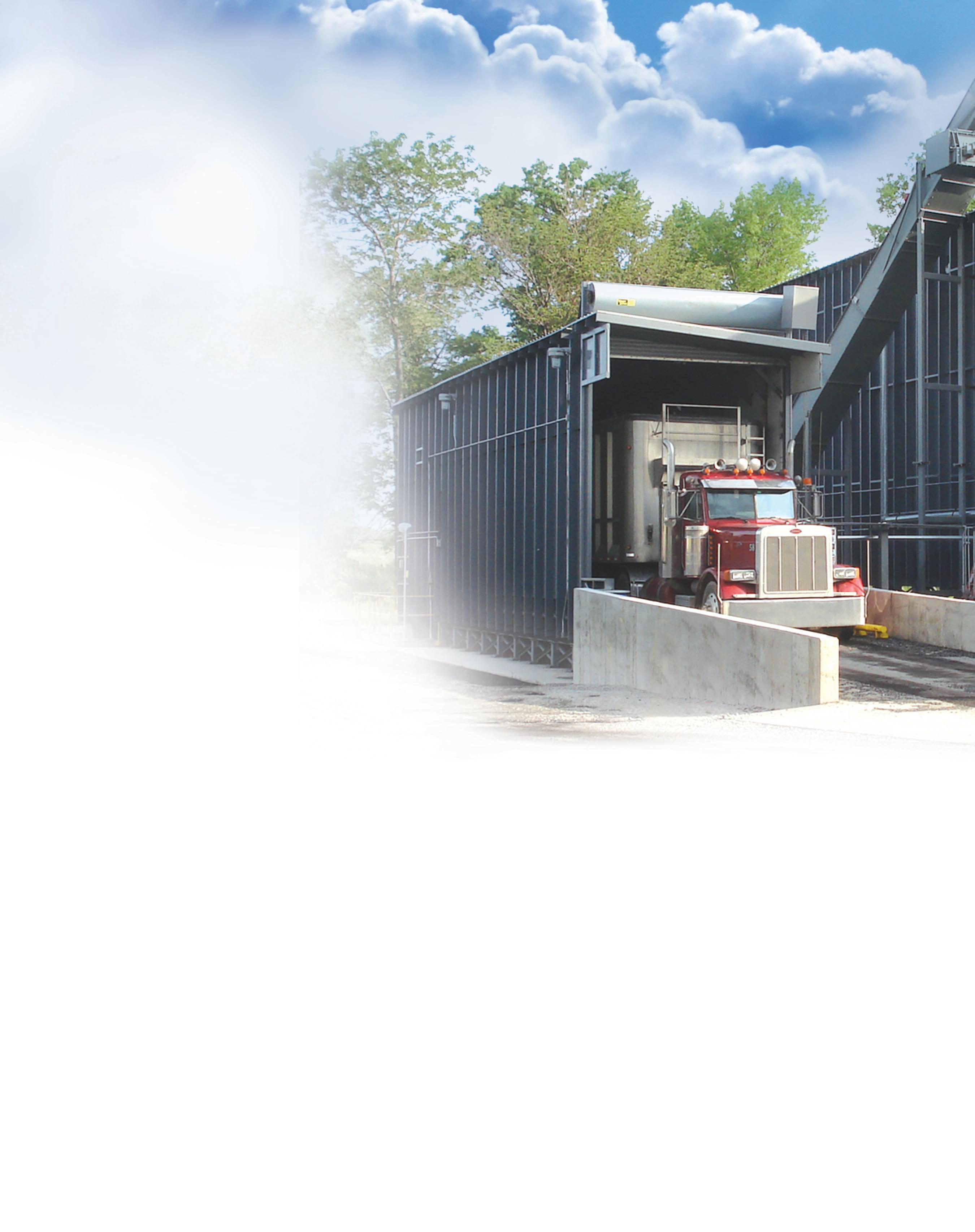






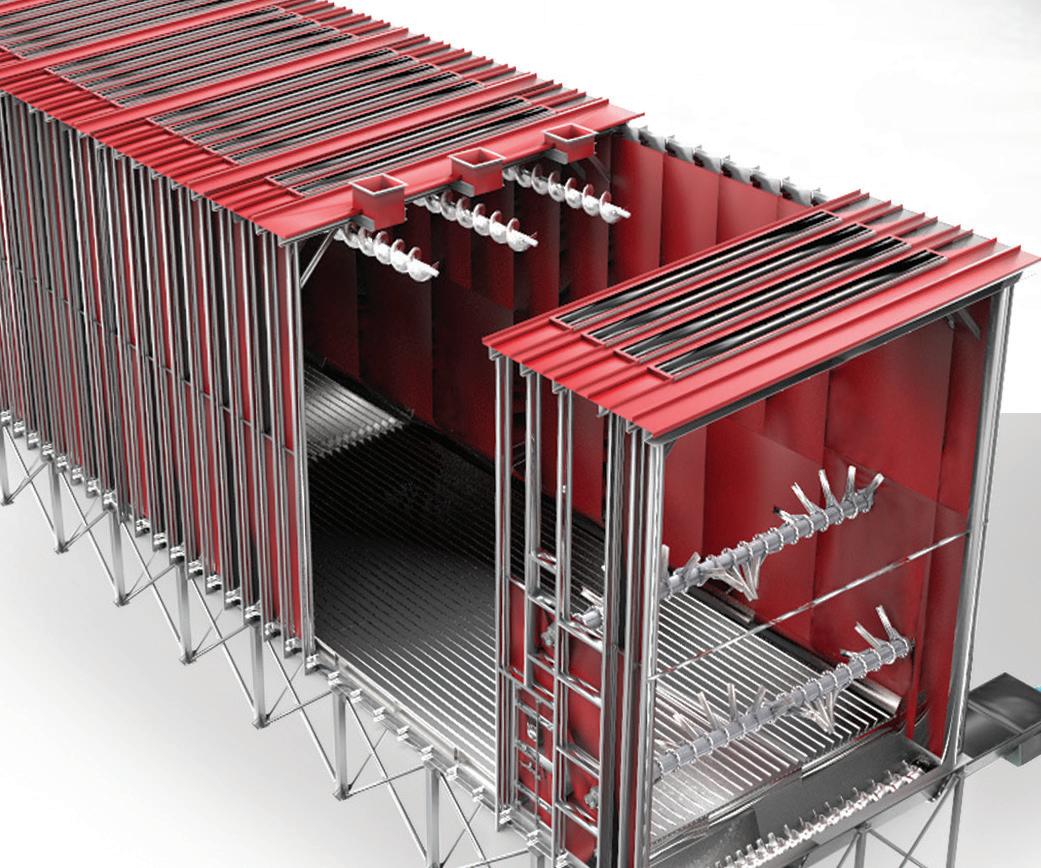







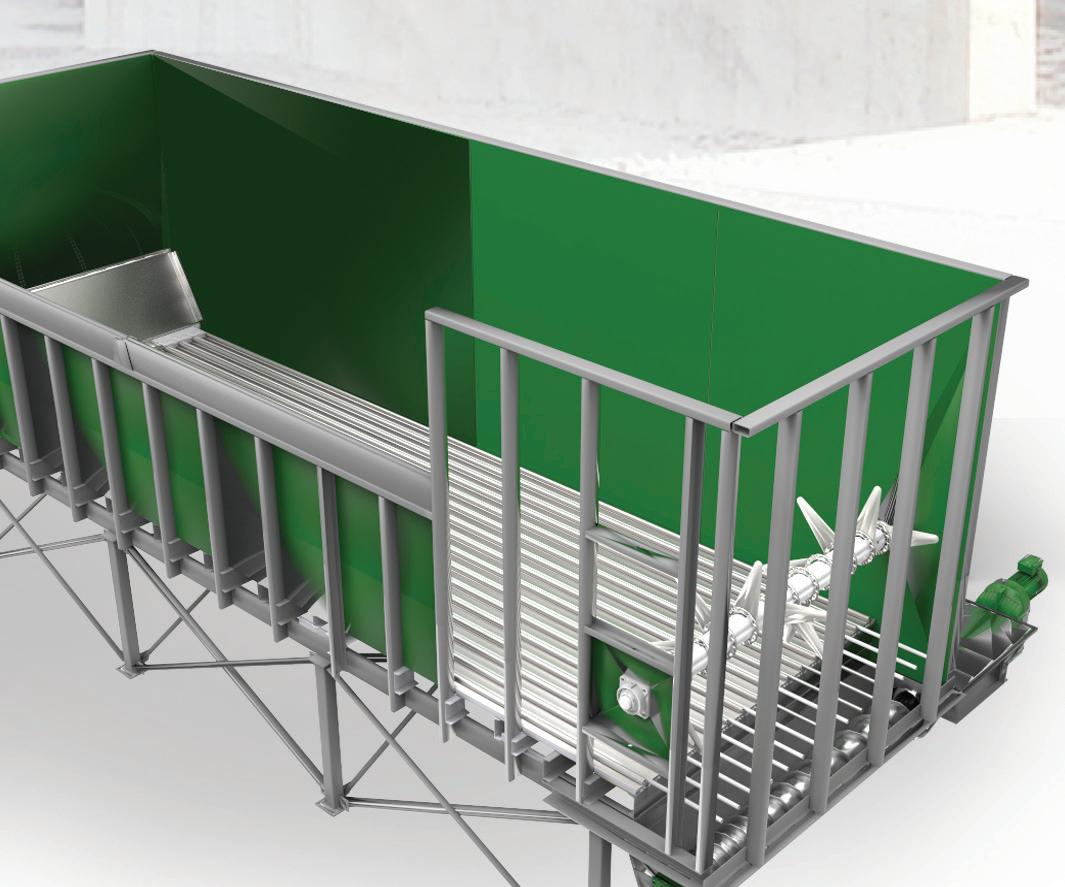

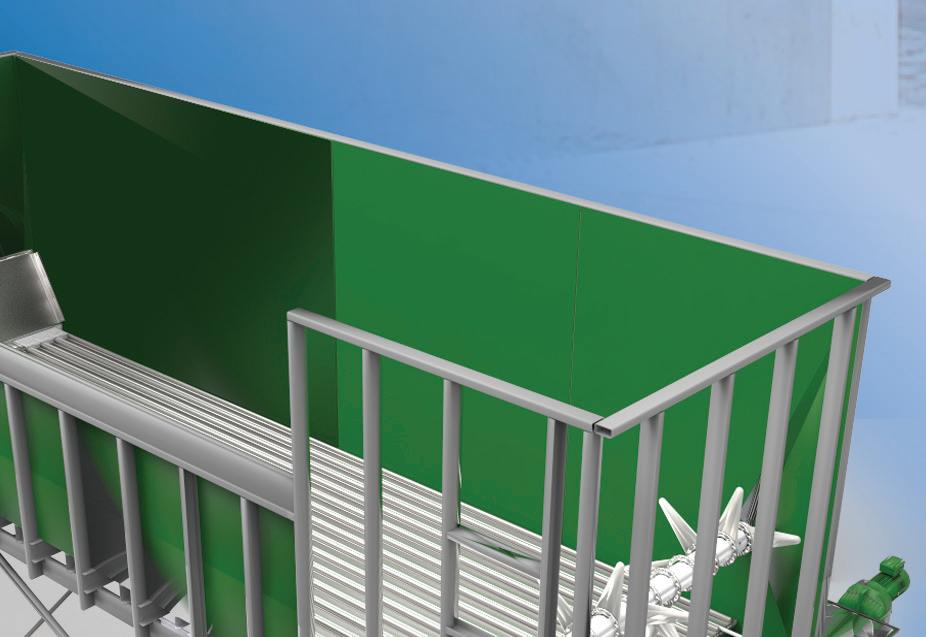

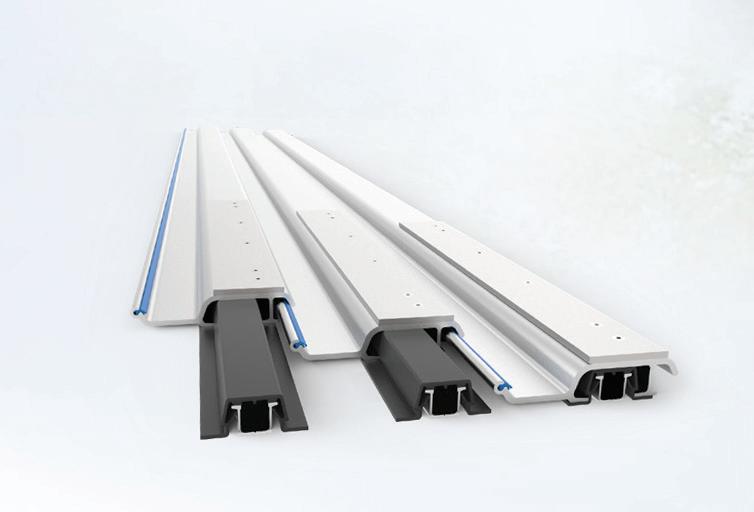


Largest Virtual Biomass Event in North America 14th Annual


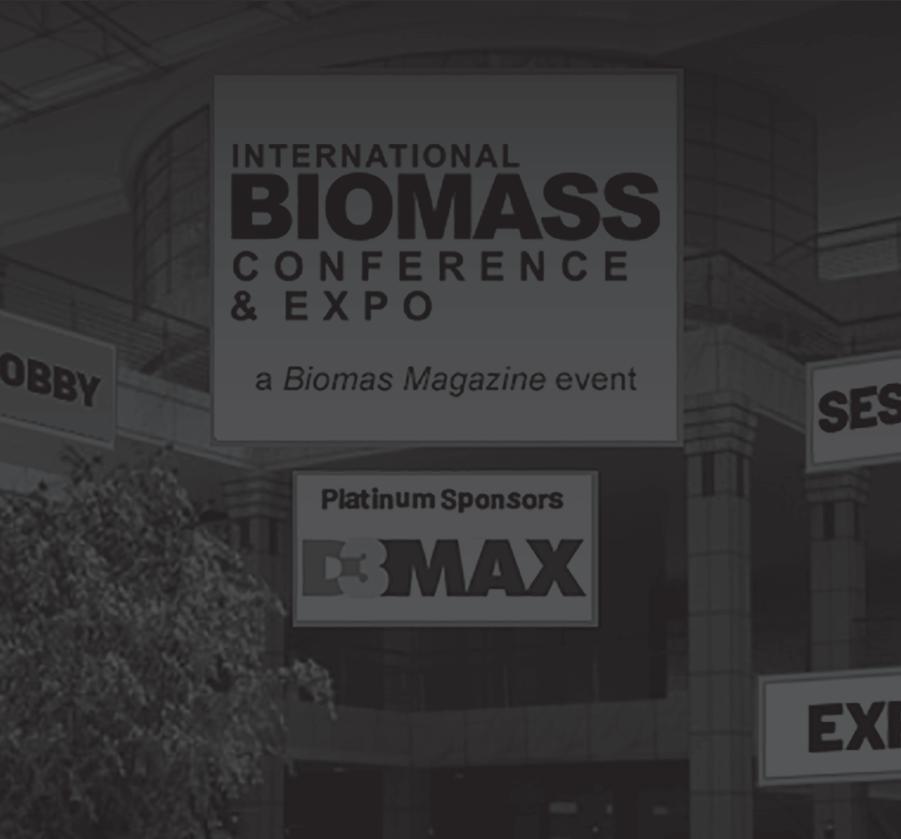
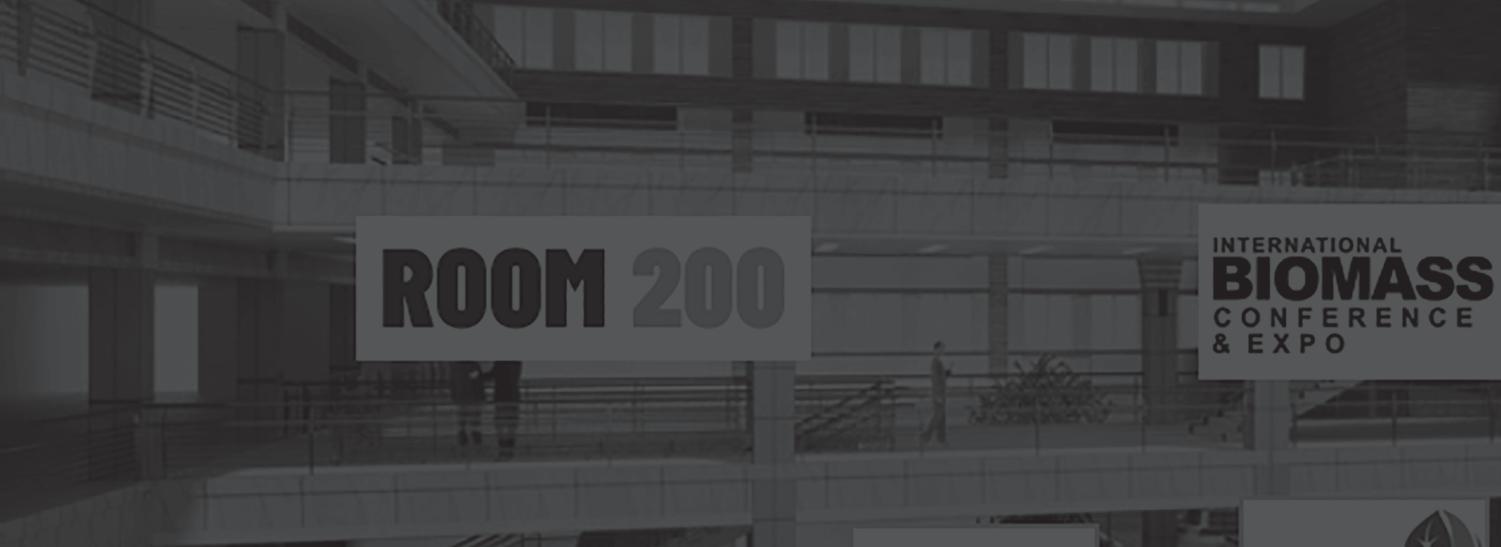
March 15:17, 2021 VIRTUAL EVENT

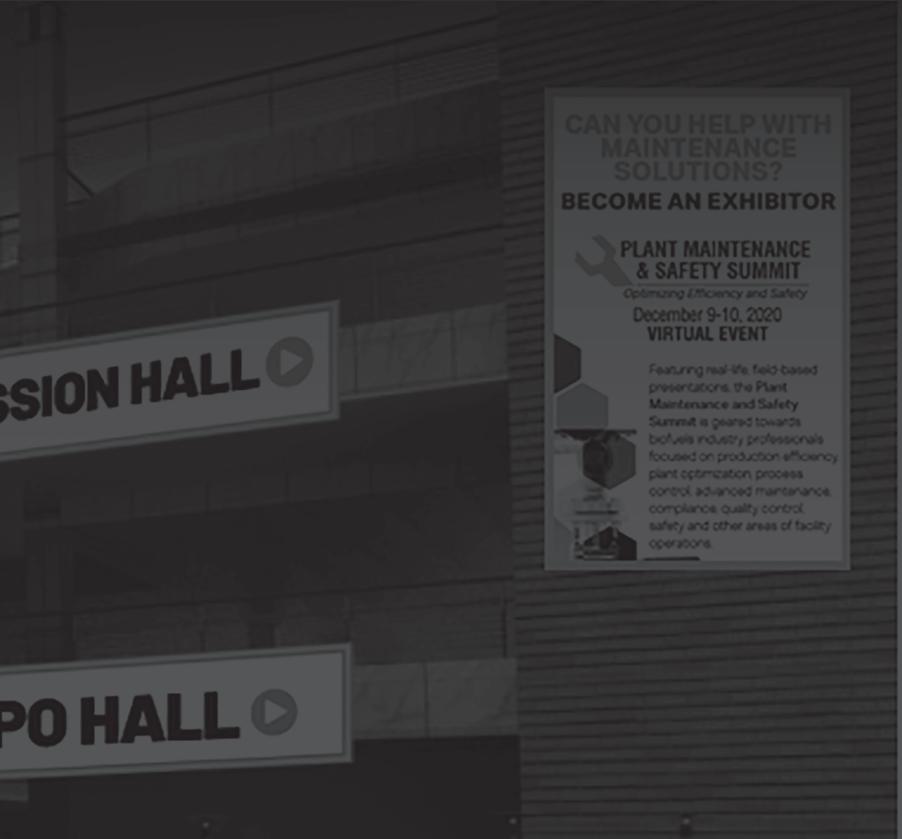

VIRTUAL EVENT
Reserve Your Virtual Booth Today!
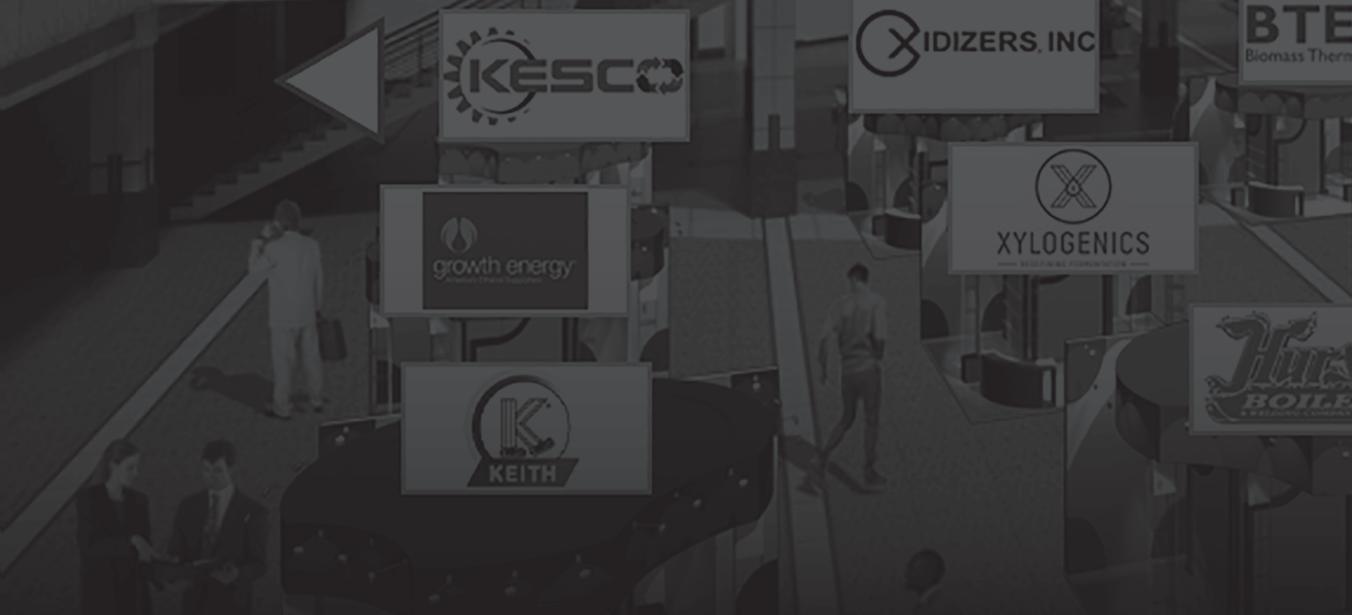
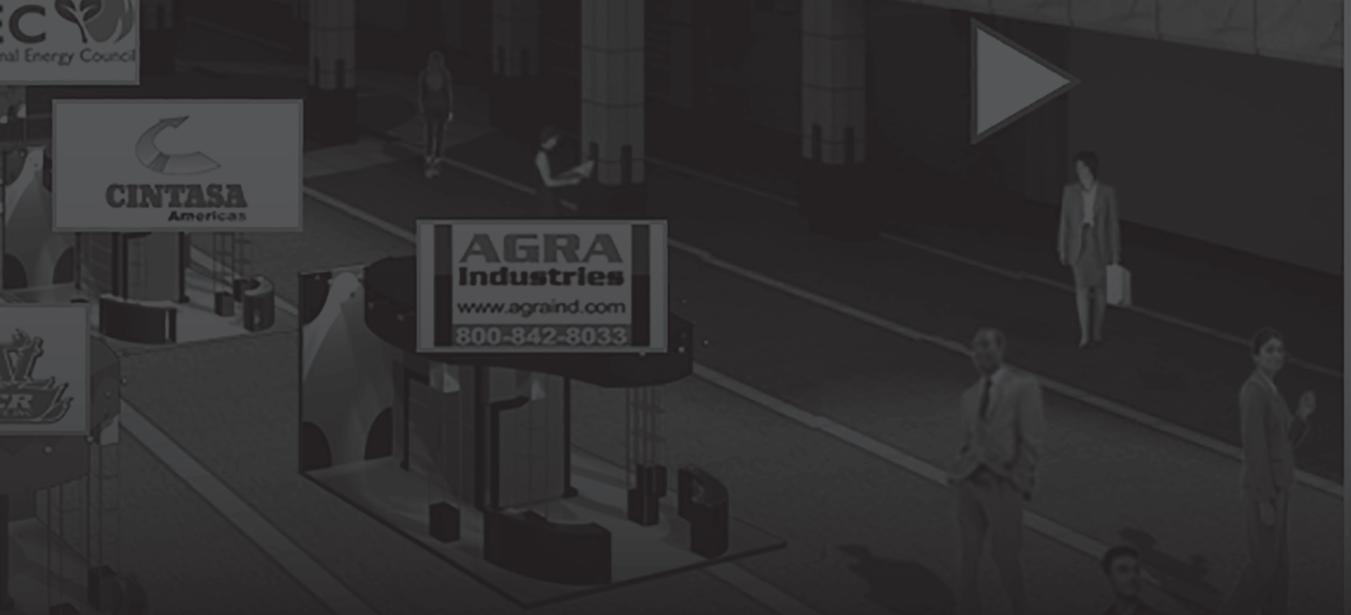

BIOMA SSCONFERENCE.COM


Why Become a Content Partner?
Through surveys and feedback from past virtual events, companies who spoke, sponsored and exhibited received the most leads and value from the event. By speaking and exhibiting, Content Partners have the opportunity to maximize their presence and produce strong ROI from their involvement. And, you aren’t just an exhibitor, you are helping create comprehensive content for all attendees, making you recognized as an industry expert. PELLETS DENSIFIED BIOMASS BIOMASS POWER BIOMASS THERMAL BIOGAS & RNG WASTE-TO-ENERGY ADVANCED BIOFUELS BIOBASED CHEMICALS





